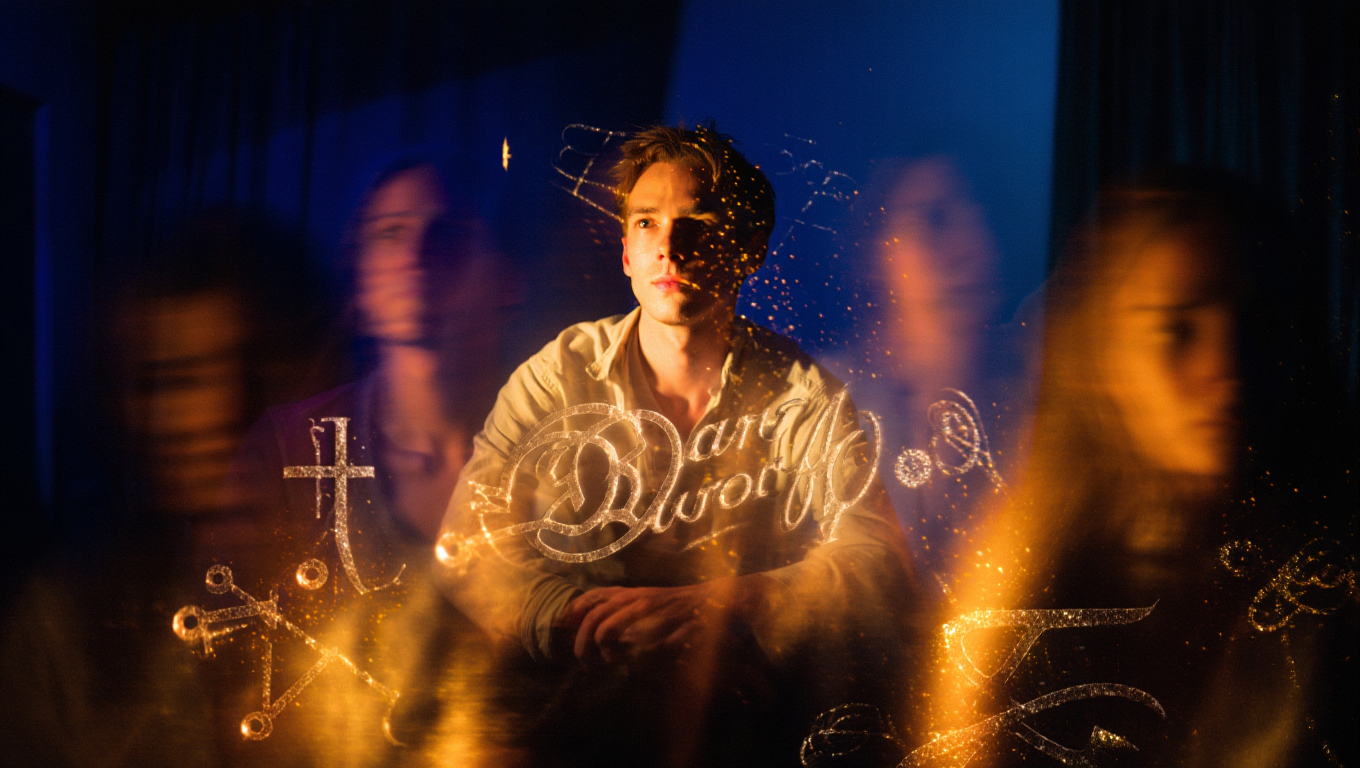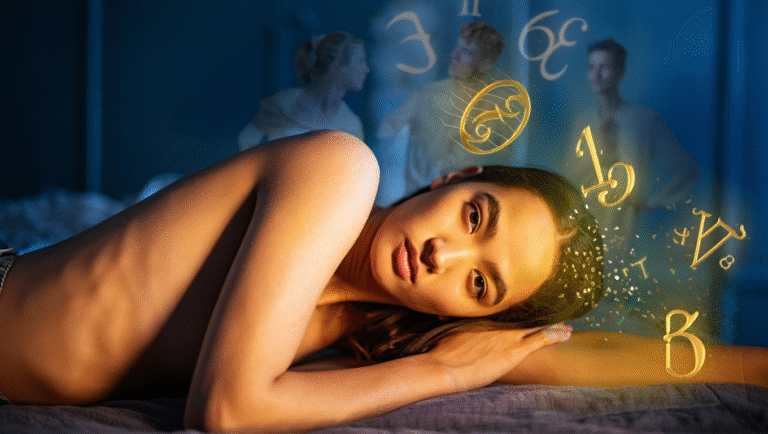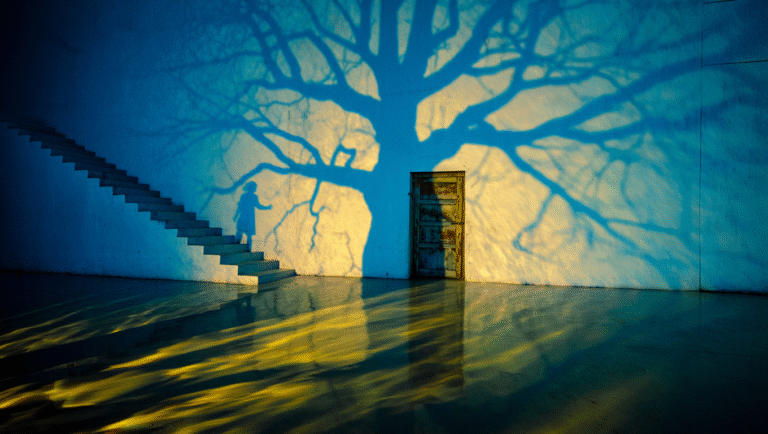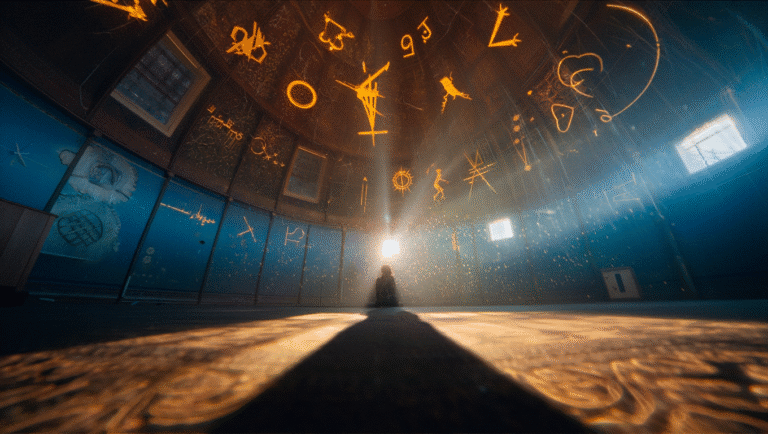What Is an Aura and How to Sense It
If you’ve ever walked into a room and instantly sensed the mood—chill or tense—before anyone even said a word, you’ve probably picked up on someone’s aura. But what exactly is an aura, and can regular people (not just energy workers) really sense it? Let’s cut through the mystique, ditch the “woo-woo” and see how you can start noticing subtle energy fields—no fancy tools or secret handshakes required.
What Is an Aura? (And Why Should You Care?)
At its simplest, an aura is described as an energy field that surrounds living beings—think of it as your body’s “vibe bubble.” While science hasn’t fully mapped auras in the lab, biofield research and studies on electromagnetic fields around the body lend some credibility to the concept. Many psychologists even agree that humans are pretty good at reading subtle cues, which might explain why you sense “good” or “bad” energy from people.
“The aura is not just a metaphysical idea—it’s a reflection of your emotional, mental, and physical state, visible to some, ‘sensed’ by most.”
But let’s keep it real: you don’t have to be a psychic to get useful info from auras. Tuning into your own or someone else’s energy can help with self-awareness, healthy boundaries, and even stress management.
Case Study: Noticing a Friend’s Aura Shift
Last month, my colleague Sarah (yes, she gave me permission to share this) showed up at our usual coffee spot. She smiled as always, but something felt “off.” Her energy was tight—almost prickly. I asked if everything was OK, and she admitted she’d been anxious about a big work project. No mystical vision required: just tuning in to subtle cues—body language, tone, and, yes, her aura.
Aura Colors: What Do They Mean?
Even if you can’t see auras, many people report sensing “colors” intuitively. Here’s a quick breakdown of common aura colors and their general associations:
| Color | Typical Meaning | When You Might Notice |
|---|---|---|
| Red | Passion, energy, sometimes anger | During workouts, heated debates |
| Orange | Creativity, sociability, adventure | Brainstorming sessions, parties |
| Yellow | Optimism, intellect, playfulness | Cheerful moments, learning new skills |
| Green | Growth, healing, balance | Nature walks, meditation |
| Blue | Calm, communication, truth | Honest conversations, peaceful settings |
| Purple | Intuition, spirituality, wisdom | Deep talks, quiet contemplation |
| White | Clarity, protection, high energy | Feeling “uplifted” or clear-headed |
Note: These are generalizations. Your own associations may differ—and that’s totally valid.
How to Sense an Aura in 15 Minutes
You don’t need to buy a crystal ball or enroll in a $300 workshop. Here’s a practical 15-minute method to start tuning in to your own energy field—and others’—using just your senses and a mirror.
What You’ll Need
- A quiet space (bedroom, office, even your car—just park first!)
- A mirror (full-length is ideal, but any size works)
- Soft natural or diffused light (not direct sunlight)
- Paper and pen (optional, for notes)
Step-by-Step: The 15-Minute Aura Sense Exercise
- Settle in (2 min): Sit or stand comfortably. Take a few slow, deep breaths. Let your eyes relax.
- Mirror gaze (5 min): Look at your reflection’s outline—specifically, the space just around your head and shoulders. Don’t stare at your face; soften your gaze as if you’re daydreaming.
- Notice subtle shifts (3 min): You might spot a faint glow, shimmer, or even a “color” around your body. If not, pay attention to sensations—a sense of warmth, tingling, or a slight pressure.
- Check in with yourself (2 min): How do you feel emotionally and physically? Is there a color or word that comes to mind? Note it down.
- Optional: Try with a friend (3 min): Repeat the process with someone else. See if you pick up on each other’s “energy” (no judgment, just notice).
Tip: Don’t get discouraged if you don’t see a rainbow halo on your first try. Most people sense auras through subtle feelings, not full-on technicolor visions.
Best Products and Tools to Explore Auras
If you want to take your exploration further, here are some popular tools (with honest pros/cons):
| Name | Key Feature | Size/Material | Price Range | Amazon Link |
|---|---|---|---|---|
| Aura Camera Mini | Instant aura photo | Portable, digital | $$$ | See today’s deal |
| Kyanite Crystal Wand | Field “clearing” tool | Natural stone, 4-6” | $ | Check price on Amazon |
| Energy Field Dowsing Rods | Physical field detection | Brass, 12” | $$ | See today’s deal |
| “The Subtle Body” Book | Comprehensive guide | Paperback, 400+ pages | $ | Check price on Amazon |
- Aura Camera Mini: Fun for parties, but expensive and accuracy is debatable.
- Kyanite Crystal Wand: Great for energy work, affordable, but results are subjective. Best for those who already enjoy crystals.
- Energy Field Dowsing Rods: Useful for the hands-on type, but can be tricky to interpret.
- “The Subtle Body” Book: Science-based, thorough, excellent for beginners and skeptics alike.
Quick Aura Checklist: Notice & Tune Up
- Find a quiet spot and breathe deeply.
- Gaze softly at your outline in the mirror.
- Notice any colors, sensations, or shifts in mood.
- Jot down keywords or colors that come up.
- Try after exercise or meditation—your energy may be more noticeable.
- Optional: Experiment with auras in different lighting (sunset, candlelight, etc.).
- Share notes with a trusted friend and compare experiences.
Further Reading & Tools
- Biofield Science in Clinical Practice (NIH article)
- The Subtle Body: An Encyclopedia of Your Energetic Anatomy
- Energy Fields and Human Interaction (Psychology Today)
- Kyanite Crystal Wand
Bottom Line: You don’t need to be an energy healer to notice auras. A little curiosity, a quiet moment, and an open mind go a long way. Use the tools—or just your own senses—to explore, and take what works for you.
Some links in this post may be affiliate. If you buy through them, you pay the same price, but this blog may earn a small commission. Thanks for your support!







